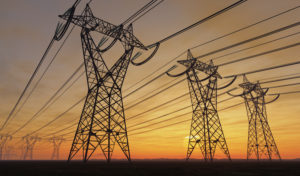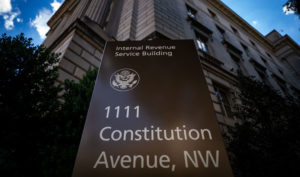
New standards require computers to use less energy when not in use.
There are over 44 million computers and 25 million computer monitors in the state of California. Together, they use 5,610 gigawatts of electricity per year. Due to a recent rule issued by the state’s energy regulator, this major source of energy consumption will soon be limited for the first time, delivering enough energy savings to power an estimated 350,000 homes for a full year.
The finalized rule from the California Energy Commission creates separate standards for computes and monitors. Under the standards, computers must use less energy when they are turned off or in sleep mode, but the rule does not limit how much energy can be used by a computer in active mode. On the other hand, the standards cover all modes of operation for computer monitors, whether they are turned on, off, or in sleep mode.
Consumers could save $373 million annually as a result of the new rule, and California could reduce greenhouse gas emissions from energy consumption by 731,000 metric tons of carbon dioxide equivalent annually, according to the Commission.
“It’s common sense that electronic equipment ought to consume a minimal amount of energy,” Commissioner Andrew McAllister said. He described the standards as “a win-win policy” formulated with input from both industry and environmental groups.
The Commission used a two-tier implementation system that raises the efficiency standards over time. The timetable is intended to promote future improvements as computer manufacturers design new models. Computers and monitors must use less energy by the time that the first tier takes effect in 2019, and must use even less energy by the time the second tier takes effect in 2021.
A formula that factors in screen size and resolution determines the energy standards under the rule for monitors when they are turned on. The rule specifies that combined energy consumption for a monitor’s sleep and off modes cannot exceed 1.2 watts. Additionally, the standards for computer energy consumption cover desktop computers, notebooks, and workstations, and requires that computers must transition into sleep mode after 30 minutes of inactivity. Tablets, smartphones, and game consoles, however, are exempt from the energy standards.
Pierre Delforge, Director of High Tech Sector Energy Efficiency, Energy & Transportation Program at the Natural Resources Defense Council, called the regulation “a significant milestone.” He applauded California for leading in energy conservation and said the regulations will take on even greater importance if federal energy regulations are rolled back.
Delforge also expressed hope that the energy efficiency gains from the standards will reach beyond California’s borders. He said that, “because California is home to one in eight U.S. consumers and manufacturers typically do not maintain separate inventories for different states, the savings are likely to have an impact nationally and even globally.”
When the Commission first proposed the rule, Delforge had expressed concern that the delayed implementation schedule would create loopholes that could be exploited to avoid compliance. He warned that exceptions contained in the standards—for monitors with gaming features, curved monitors, and touch monitors, among others—could undermine their effectiveness if the technologies they apply to come to represent a greater share of the market than they currently do.
But Delforge said that the Commission allayed most of his concerns about loopholes by directing its staff to monitor the market and propose revisions to the regulations if the technologies receiving exceptions obtain an increased share of the market. The Commission also committed itself to hearing any future petitions for updates to the regulations as new technologies emerge.
Samuel Oh, a member of the regulatory affairs staff at LG Electronics, has expressed concern that the standards could stifle innovation in the computer design market. He said that the standards were “stringent, harmful, and prejudicial” when it comes to monitors capable of transferring data while in sleep mode, and that the standards will “impede the betterment of computing device users’ convenience and lifestyle.”
The efficiency standards are part of a larger environmental agenda under California Governor Jerry Brown. Brown acknowledged the uncertain future of federal environmental policy during his January State of the State Address and promised to double down on California’s efforts to combat climate change. “We can do much on our own. And we will,” said Brown.
The standards for computers and monitors will help reduce emissions. And Brown has committed to working with other states and regional governments—and even other countries—to address climate change.
“California is not turning back,” said Brown. “Not now, not ever.”



